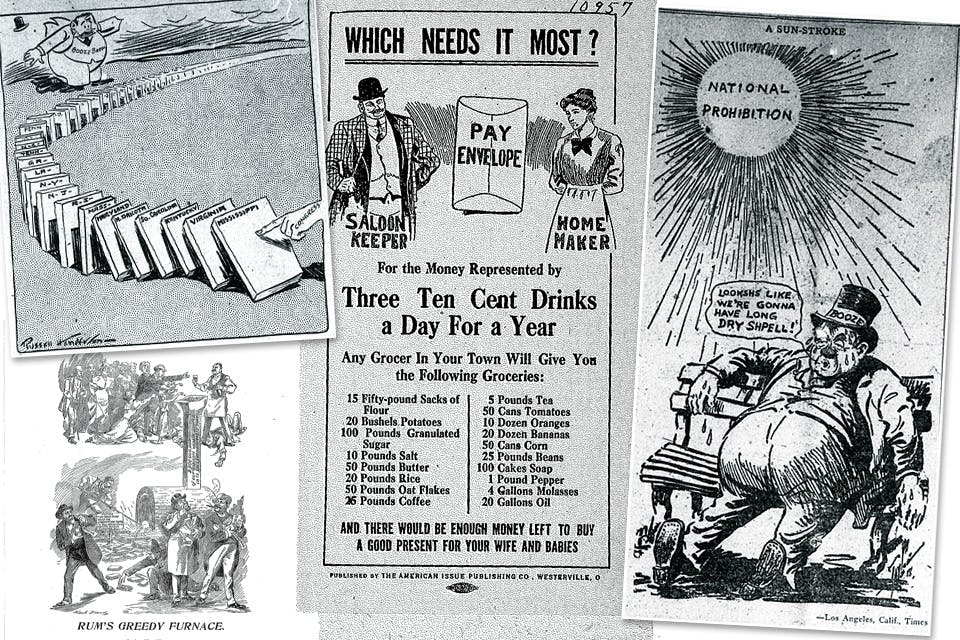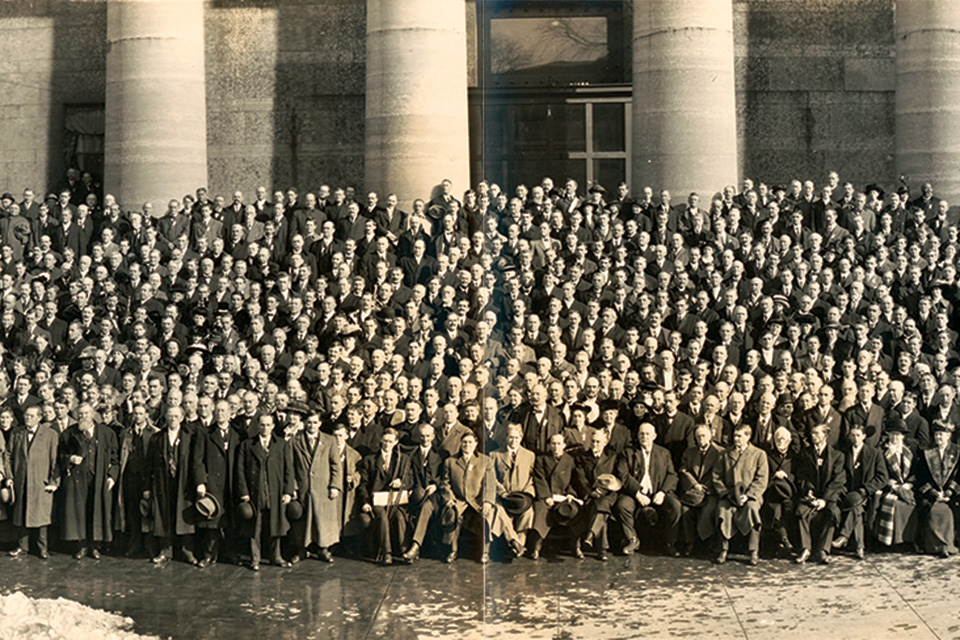Food + Drink
How Ohio’s Anti-Saloon League Helped Lead a Last Call on Alcohol
The 18th Amendment and Prohibition put an end to the United States enjoyment of spirits — an effort spearheaded by a group that was founded in Oberlin in 1893.
Related Articles

Tiki Bar Keeps Legacy of Columbus’ Kahiki Burning
Huli Huli Tiki Lounge in Powell embraces the spirit of the legendary spot and even has one of its Moai out front. READ MORE >>

Go Beyond Spirits at These Ohio Distilleries
Embrace the gift of togetherness at these seven spots across the state that offer trivia, classes and and more in addition to great drinks. READ MORE >>

How Two Distilleries Give Back to Charity
Celebrate the spirit of giving when you purchase from distilleries that believe in giving back to others as well as making wonderful spirits to enjoy. READ MORE >>





